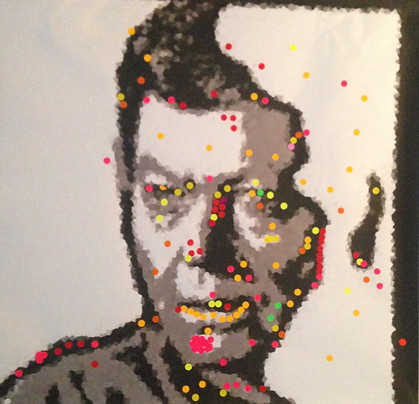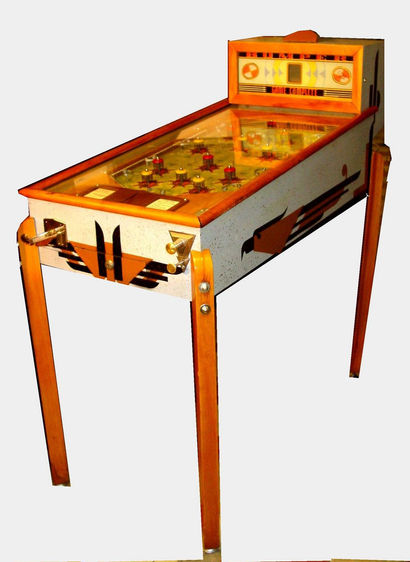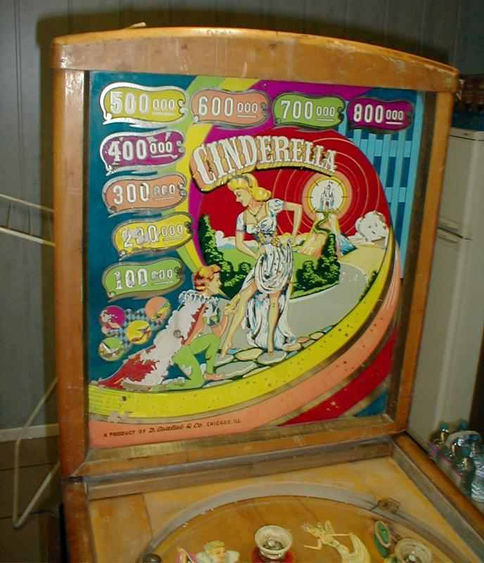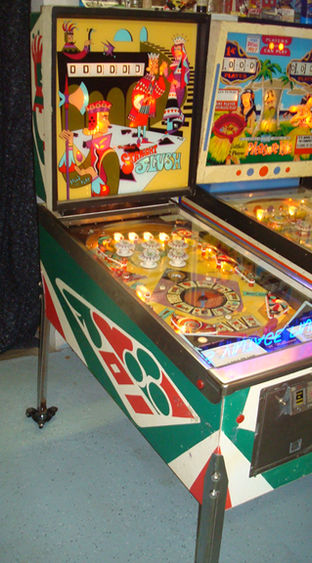
10FM
Tune in to shift your perspective

10FM creates multimedia projects
that explore how human ideas form and change over time.
With our partners, we work toward a more inclusive, creative future.
Critical thinking and empathy
are powerful tools that can expand the way we think.
Community Engagement Stations
(Mini- Exhibits designed and implemented by 10FM)
These stations engage visitors in exploring the important question, "how do we come to see/believe what we do about our world?"


We are All Spocktacular demonstrated how we all believe we are rational beings, but our emotions are more involved in our decisions than we might realize. We asked visitors to help Captain Kirk solve 3 moral dilemmas (taken from original Star Trek episodes). Then, we asked them to think about how they had made their decisions. They placed colored "pointilism" dots on Spock's picture if they thought they had used mostly logic to make their decisions, and on Dr. McCoy's picture if they thought they had led with emotion. The resulting conversations - between couples, families, even strangers - were enlightening, and often entertaining.


In Message in a Bottle, we created a space where our community could share thoughts, and contemplate each others', about the future of our complicated world. Inspired by the unusual combination of intention and chance, we wrote messages in (paper) bottles and tossed them into the waves of a coming year. It can be a powerful exercise to share your hopes and fears, and our prompt, "2017, I hope you...", elicited responses that ran the gamut from "bring me more candy" to "see the folly and fear in 2016, and get us to a better place."






Laundry List

In Laundry List, 10FM created a space in our young learners Discovery Lab for parents and caregivers to see and support each other by bravely owning up to "not knowing how to do things."
The prompt for our visitors:
Not knowing how to do something is intimidating. Children encounter this challenge every day. Our staff, in thinking about how to encourage our young visitors, decided to explore the feeling of “not knowing”…
So here it is, a "laundry list," a whole clothesline full of things we adults don't know how to do (and sometimes feel sheepish about, to be honest). Do you have any to add? Grab a pen! You can read them aloud, too – it can be helpful for preschoolers to see us be confident (and even excited) about having much to learn!
Within one day, the clothesline was filling with their responses. Adults said they found this exercise: Humbling. Fun. Surprising.






In Conversation with the 'Steins
At 10FM we explore how scientific knowledge is a very human, and therefore sometimes flawed, endeavor. Two hundred years ago, Mary Shelley's Frankenstein raised important questions about this very topic in her monstrously memorable novel. Nearly a century later, Einstein led the field of science, also often reflecting on how and why he formulated his scientific theories, and wondering about our all-too-human approach.
On interactive flaps on Chabot's Skybridge, Frankenstein and Einstein "discuss" each question, via actual quotes from Mary Shelley's Frankenstein and transcripts from interviews with Einstein. (Bonus: the Frankenstein illustrations were drawn by OUSD students during their visits to Chabot!).
'Stein dialogue about Question #1

explored the storied side of science
Question #1


'Stein dialogue about Question #1
Small Heading

Question #2
'Stein dialogue about Question #2
'Stein dialogue about Question #2

flap/question #3: Do mistakes make science less certain, or more reflective of real life?...

flap/question #4: What do you believe to be absolutely scientifically true?...

Bureau of Investigation








After a few weeks, the bureau was overflowing with post-its. Visitors told us that contributing, and reading others' responses, felt like a moment of being connected to community. Our favorite: several reported that they felt lighter, and remembered the better, more generous qualities of humanity.
Major Exhibitions
samples of content created/written by Camie and Chabot team
Luminous Moon
an exhibit about the incredible imagery
through which we see and learn
about our Moon

The Art and Science of Pinball(press arrow to the right for more)
Million Year Picnic Courtyard

To inspire our visitors to ponder their perspective on humans in a vast Universe, our courtyard theme was, "The Million Year Picnic," named for a short story from Ray Bradbury's Martian Chronicles, wherein a family must shift their self-identity to live on a new planet. Our exoplanet landscape garden sprouted up, with Earth plants tended by our Champions of Science and Galaxy Explorer teen interns, and a giant, fire-spouting sci-fi sculpture by our first ArtPiece in Residence artist, Ryon Gesink.
Going the Distance:
Our Reach into Space
Humanity is extending its reach into space and forever changing our place in the cosmos. Wonder has given way to exploration, and risk is being met with technological breakthrough. Astronauts conduct their research high above us in orbit while our rovers and robots make scientific discoveries on planets we have not yet seen up close. Satellites arc overhead, updating maps so we can reach our destinations, and relaying our messages to each other.
Space is much closer than you think.
Welcome to Chaos Terrain
Mars, rust-red and sand dusted, is marked by volcanoes, craters, mountains and “chaos terrain”-- a tumultuous topography of massive, fractured plains scattered with giant “knobs” and “cones” of rock. There is nothing like it on Earth.
To study Martian geology and geography, NASA has relied on several robotic landers and rovers, created by Jet Propulsion Laboratory (JPL) engineers, who control their operations and collect the science data. Simulated landscapes like this one are important testing grounds for creative solutions to help the rovers maneuver over difficult terrain on Mars.
To find out who is operating this rover, take a peek at Mission Control in the next room.
NASA Mars Mission Controllers
They call themselves “Martians,” though they live and work here on Earth. These engineers in NASA’s Mission Control are the only link to the one-ton research rover scrambling its way across Gale Crater on Mars. Some nights, they have slept on cots by the control panels so they can wake on Martian time, account for the 13 minute average time delay between the planets, and not lose one precious second of contact with the Curiosity rover. They transmit a series of specific commands, which Curiosity dutifully carries out, or give it a target and trust the intrepid robot to find its own way. In both cases, the commands are transmitted to Curiosity via NASA’s Deep Space Network — the worldwide network of big-dish antennae used to communicate with spacecraft outside of Low Earth Orbit.




















